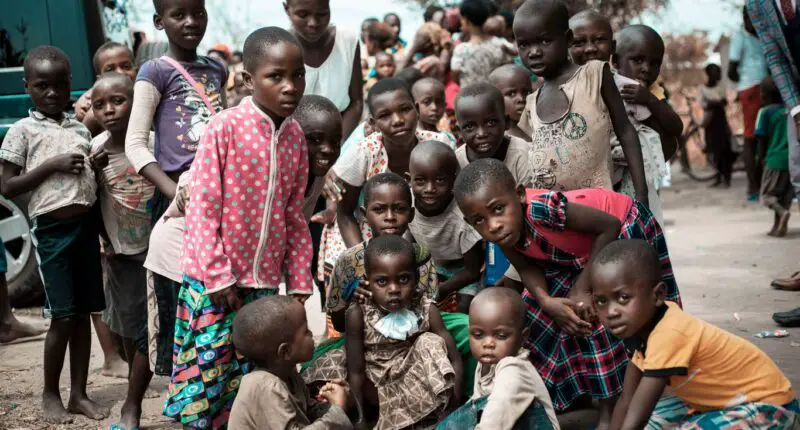The United States has been criticized for its high cost and low quality of education, which has contributed to it being considered a poor place to raise a child. Despite its high education costs, the country has not been able to maintain a high-quality education system. This has been a topic of debate for many years, with some arguing that the United States has the worst education system in the world. Children are often taught in school that education is essential for success and that everyone should receive it. However, this belief turns out to be a myth, as not everyone who receives an education is guaranteed success in life. In today’s world, education is seen as important for personal and professional growth, but it is not a guarantee of success. When evaluating education systems, many people consider three key factors: quality, accessibility, and hope. However, these factors are often overlooked when comparing education systems around the world. In this blog, we will explore the top 10 worst education systems in the world and discuss why they have failed to provide quality, accessible, and hopeful education to their students. here are the 10 countries with worst education system.
Niger
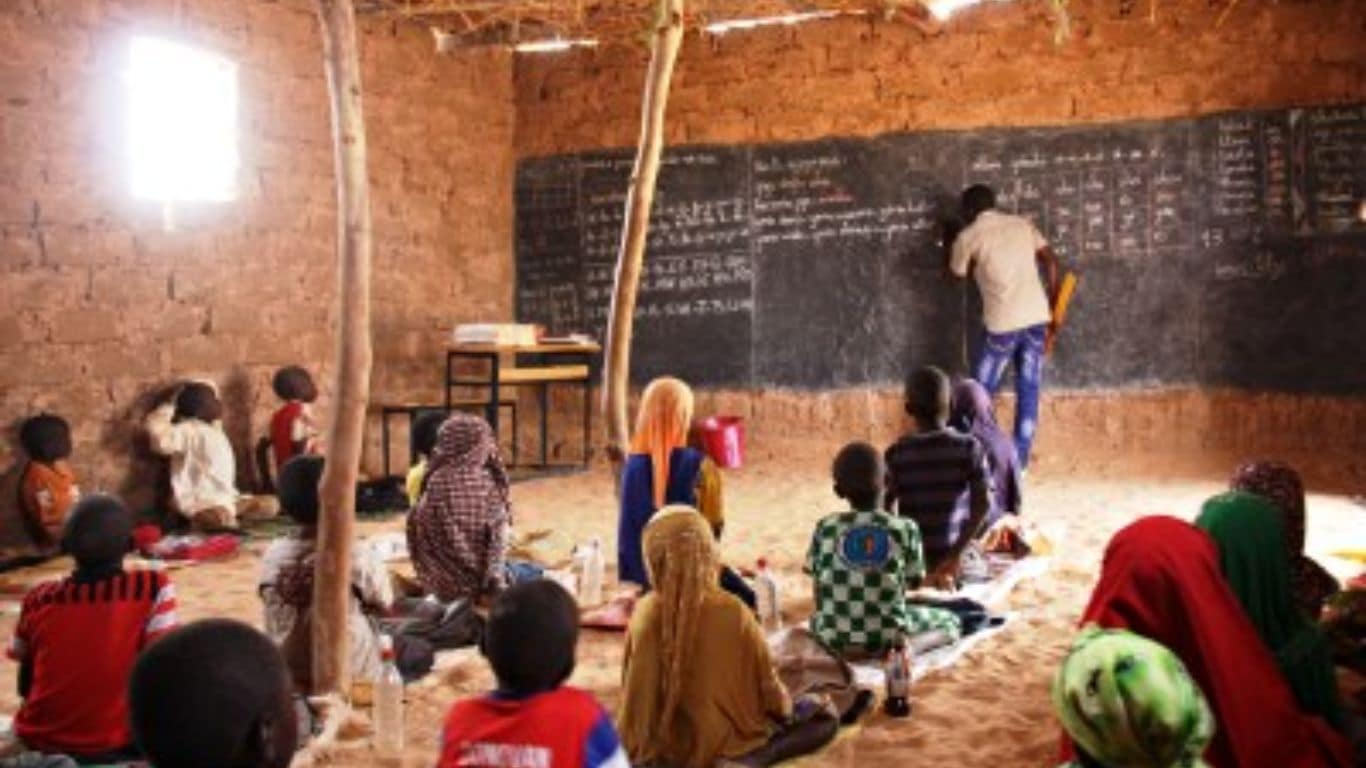
Niger is a country located in Western Africa, bordered by Chad, Libya, and Nigeria. Over 80% of its land is in the Sahara Desert. It has a total area of approximately 1,267,000 square kilometers and a population of around 24,112,753 people. The situation in Niger’s education system is getting worse. There are many problems with the way education is handled in Niger, including early marriage and child labor. Poverty is a major challenge for improving the education system in the country. As a result, Niger has one of the worst education systems in the world, with a low literacy rate of 28.7% in 2005.
Burkina Faso
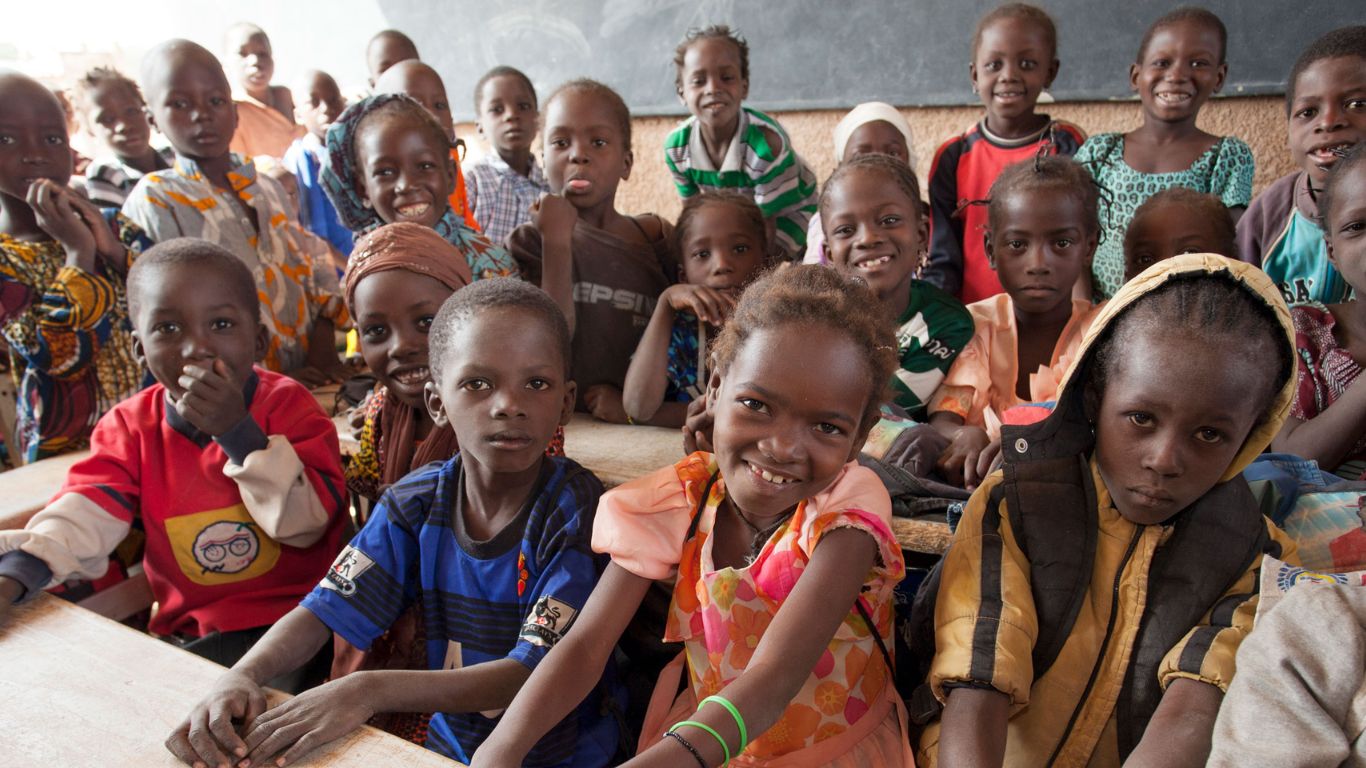
Burkina Faso is a landlocked country in West Africa with an estimated population of 21,510,181 people in 2020. It is bordered by Mali, Niger, Benin, Togo, Ghana, and the Ivory Coast. The country covers an area of 274,200 square kilometers, with a high population density of almost 64 people per square kilometer.
Burkina Faso has a low net primary enrollment rate of 36% and a literacy rate of 25.3% (2008 estimate). Only 26.5% of children attend school between the ages of 6 and 14. Most schools in the country are run by religious organizations, which often lack essential resources such as textbooks, desks, chairs, and books. Despite these challenges, the quality of education in Burkina Faso is poor.
Mali
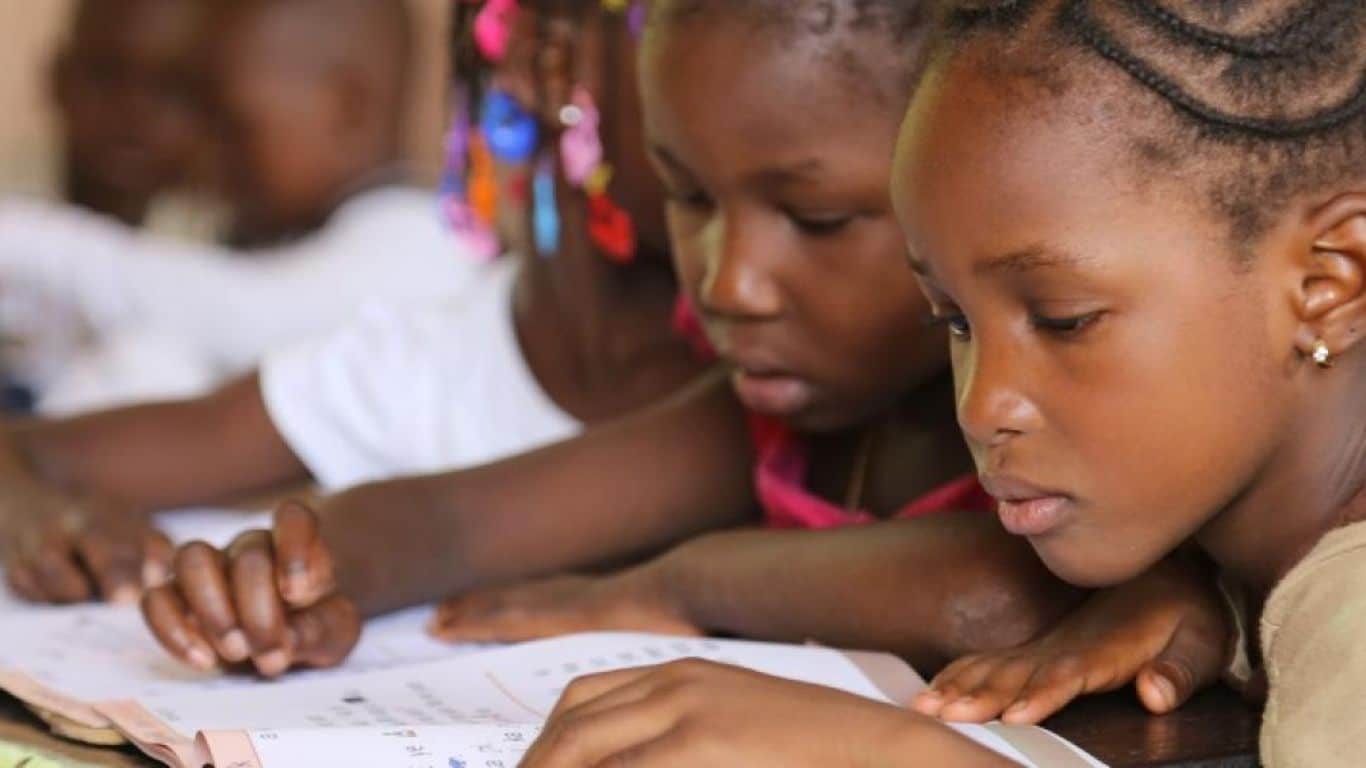
Mali is a landlocked country in West Africa with an estimated population of 20,250,833 people in 2020. The country covers an area of 1,240,000 square kilometers, with a population density of almost 12 people per square kilometer.
The education system in Mali is one of the worst in the world. This is due in part to the country’s history, which has seen a variety of different educational systems imposed on it. This lack of standardization has made it difficult for the country to educate its children in a single, unified system. In northern Mali, education consists of a school desk, a chalkboard, and a teacher. There are schools in the cities and villages, but they do not have the same resources and facilities as schools in other parts of the world. As of 2017, the primary school enrollment rate in Mali was 61%, and the literacy rate is estimated to be between 27% and 46.4%. Women in Mali have a lower literacy rate than men.
Central African Republic

The Central African Republic (CAR) is a small, landlocked country in Central Africa. It gained independence from France in 1960 and has been ruled by a series of authoritarian governments since then. In 2012, a coalition of rebel groups overthrew the government and installed a new president, Faustin-Archange Touadera. The transition has been marked by violence and instability.
The majority of the population in the Central African Republic is Christian (89.5%), while 8.5% practice Islam, and the remaining population practices traditional faiths or other beliefs. The country has a population of around 4,666,368 people (2018 estimate), and covers an area of 622,984 square kilometers, with a population density of almost 7 people per square kilometer.
The Central African Republic has one of the worst education systems in the world. Its education system is low quality and has a high school dropout rate, second only to Somalia. In 2000, only 43% of the country’s primary school-aged population (ages 6-11) was enrolled in school. The adult literacy rate in the Central African Republic was 37.4% in 2018. Malnutrition and poor health are often correlated with low levels of education and skills. This is particularly true in countries with poor education systems.
Ethiopia
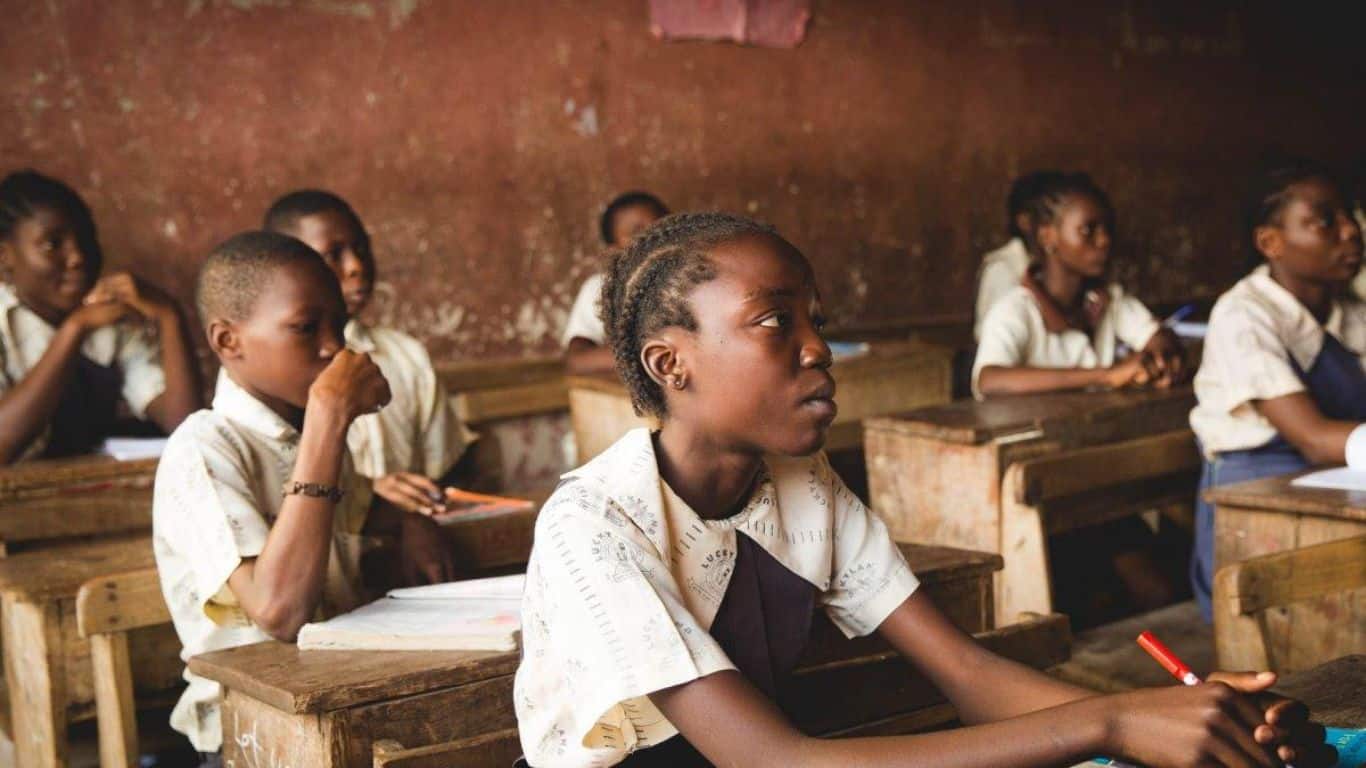
Ethiopia is a landlocked country in the Horn of Africa. It is surrounded by Somalia, Somaliland, Eritrea, Djibouti, Kenya, Sudan, and South Sudan. It is one of the largest countries in Africa, with a population of over 117,876,227 people (2021 estimate) and an area of 1,104,300 square kilometers. The population density is almost 92.7 people per square kilometer.
In Ethiopia, many students leave school illiterate, unskilled, and with poor job prospects. The average life expectancy in Ethiopia is 56 years for men and 60 years for women, and a large number of children die from preventable diseases before reaching adulthood.
The education system in Ethiopia is underdeveloped. The country has the highest population of illiterate people in Africa, with the average fifth-grade child only able to read and write simple phrases. The literacy rate in Ethiopia is 49.1% (2015 estimate), which is still one of the worst in the world.
The Ethiopian government has made some progress in expanding access to education. The country has a four-tier education system consisting of pre-primary, primary, secondary, and higher levels of education. The Ministry of Education is responsible for implementing the educational system, which includes 4-6 years of pre-primary education, two cycles of primary education from ages 7-10 and 11-14, and two cycles of secondary education from ages 15-16 and 17-18.The gross enrollment rate for primary schools for 7-year-olds is 90%, but more than half of the students do not complete both cycles of primary education.
Eritrea
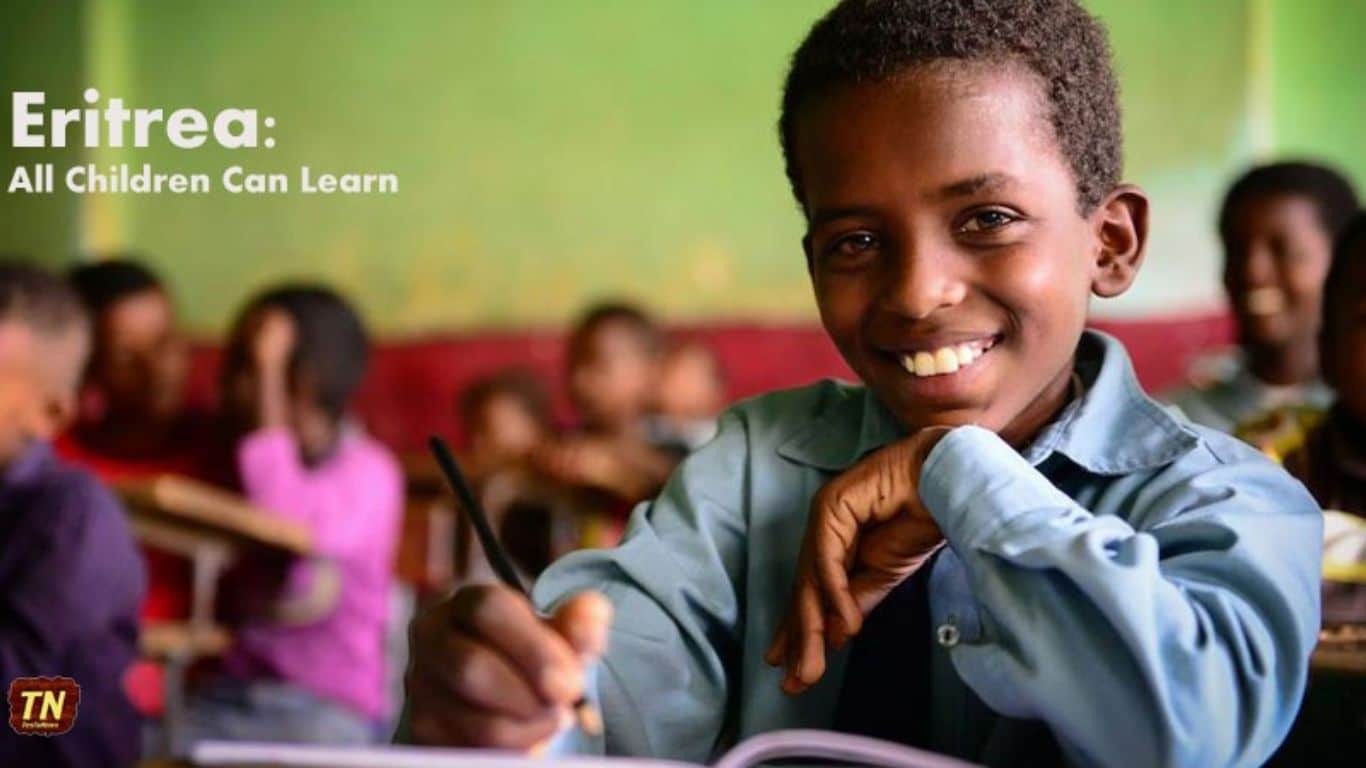
Eritrea is a country that has been considered democratic for some time, but its citizens do not have access to the education they need to understand the value of education.
The schools in Eritrea are among the worst in the world, and the population suffers as a result. The country ranks last in the world for primary school enrollment, secondary school graduation, and tertiary school enrollment. This is due in part to the government’s control and restriction of the education system. The government is not interested in creating an educated population, likely due to the ongoing civil war with Ethiopia. The education system in Eritrea has five levels: pre-primary, primary, middle, secondary, and post-secondary. Eritrean children typically start school at ages 6-13 and complete primary school at age 15. The basic school curriculum includes English, Tigrinya, Arabic, the history of Eritrea, mathematics, science, informatics, physical education, and civic education.
Guinea

Guinea is a country located in West Africa. It gained its independence from France in 1958 and has a population of over 12.8 million people (2020 estimate). The country covers an area of 245,857 square kilometers.
The education system in Guinea is not well-developed, and the country faces significant challenges in providing quality education to its citizens. The adult literacy rate in Guinea is low, at only 43.9% (2015 estimate). Primary school enrollment rates have increased in recent years, but the quality of education remains poor, and many children do not complete their primary education. The government of Guinea has made efforts to improve the education system, but the country continues to face challenges, including a lack of funding, inadequate infrastructure, and a high dropout rate. The education system in Guinea consists of pre-primary, primary, and secondary education. Students are required to complete nine years of primary education and three years of secondary education. The basic school curriculum includes French, mathematics, science, and social studies.
Chad
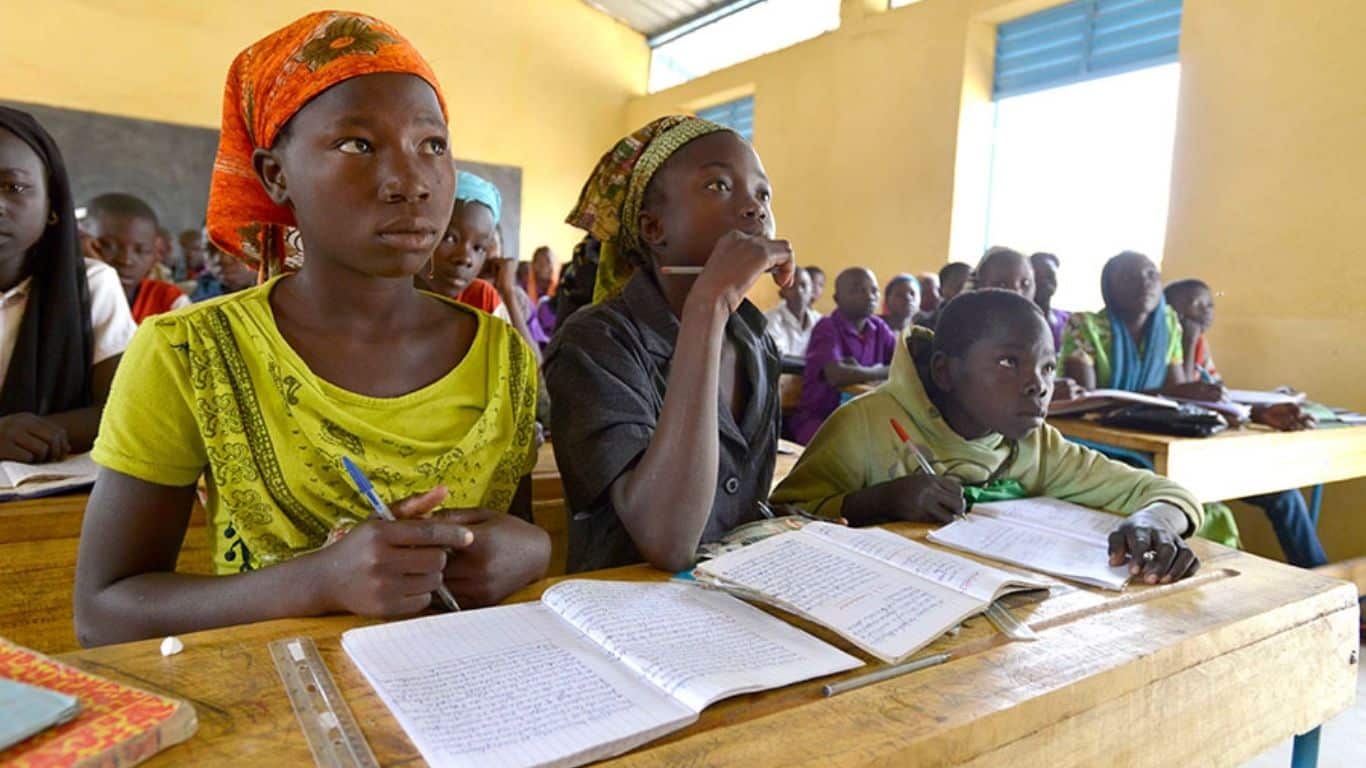
The Republic of Chad is a landlocked country in north-central Africa. It is bordered by Libya, Sudan, the Central African Republic, Cameroon, Nigeria, and Niger. The population of Chad is approximately 16.2 million (2020 estimate), and the country covers an area of 1,284,000 square kilometers.
Chad’s education system has been described as “worse than other countries in Africa”. The education system has been deteriorating for decades, leading to a lack of education in many rural areas. Education is free in urban areas, but the government spends only 2% of its budget on education. As a result, many children come to school without breakfast, and the education they receive is of poor quality.
Chad has a diverse curriculum, with over 68% of boys attending primary school. However, the education is poor, and many teachers lack training. The country has the lowest literacy rates in Sub-Saharan Africa, at an estimated 33%. Over 50% of the population is illiterate. In Chad, more than 53% of children between the ages of 5-14 are engaged in child labor. Among children aged 7-14, 30% are in school and working as child laborers. These statistics highlight the poor state of the country’s education system.
Gambia
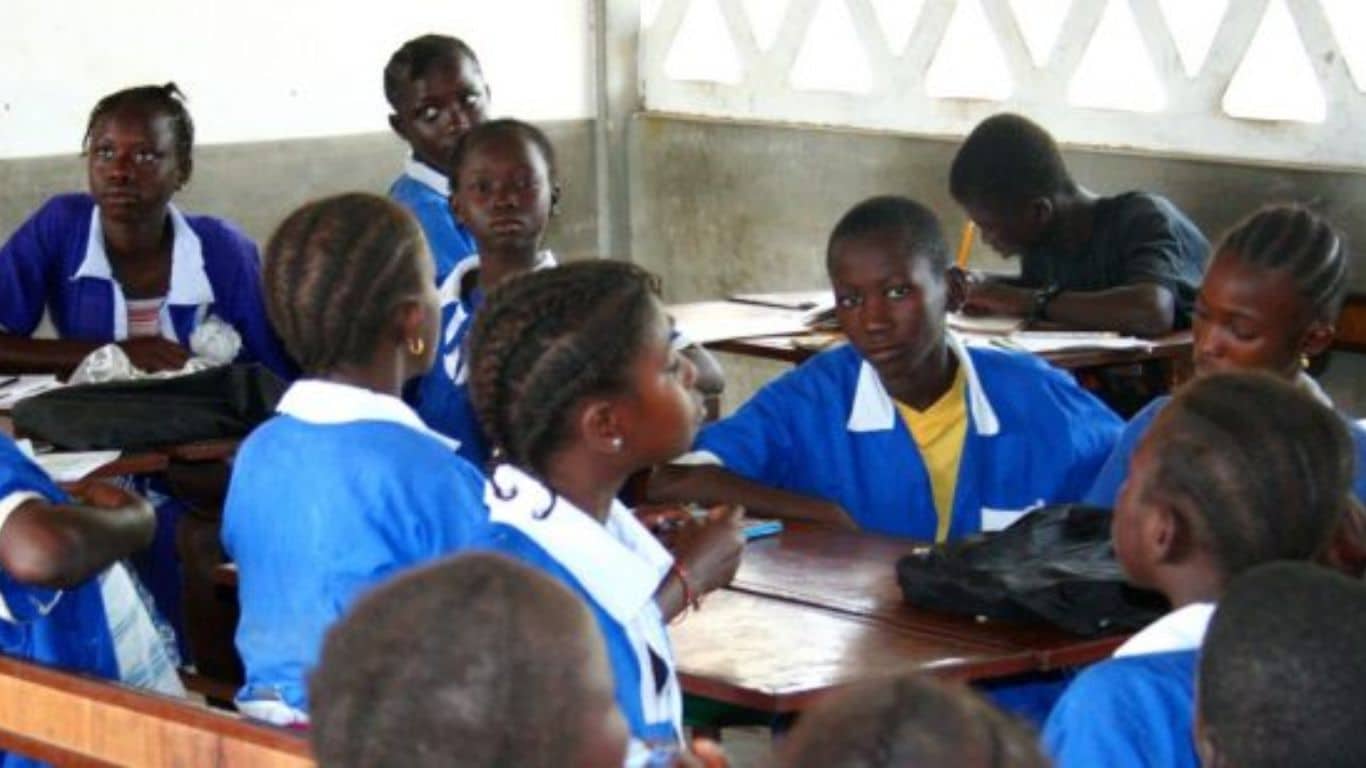
The Gambia is a small country in mainland Africa with a population of approximately 2.17 million. There is a significant gender gap in education levels, with more men than women in primary school. The country covers an area of 10,689 square kilometers.
The Gambia has a low literacy rate and high tuition fees. While primary and secondary education have relatively high literacy rates, attendance at the last two years of secondary education is poor. Students who continue to the third year of secondary education are known as “Juniors” and spend most of their time at home. The Gambia has consistently ranked among the worst countries in the world for educational performance. In 2019, the country’s Education Index was ranked 148 out of 162 countries.
Afghanistan
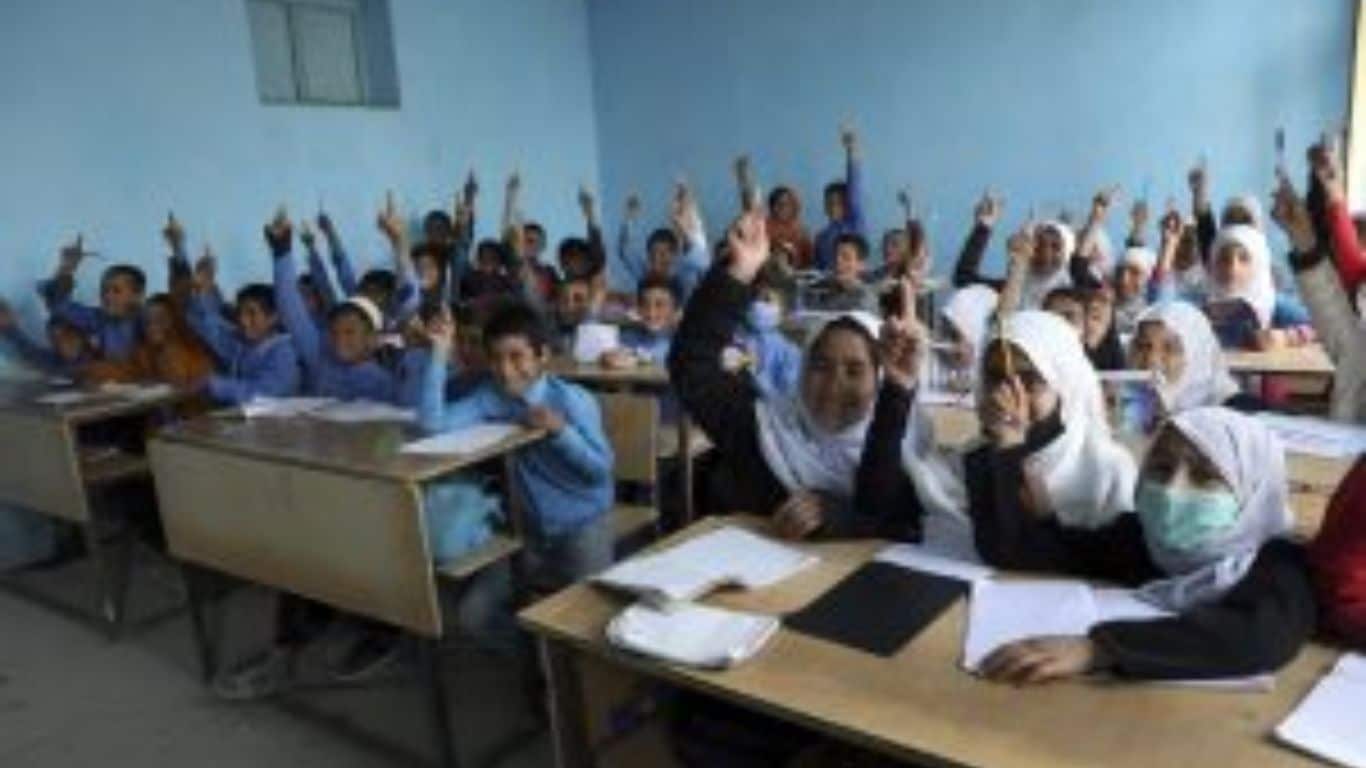
Afghanistan is a non-African country located in South-Central Asia. It has a population of about 38,025,000 people estimated in 2021. The country covers a land area of about 647,500 square kilometers. The Population density is about 46.5 persons per square kilometer.
The education system in Afghanistan has been severely affected by the ongoing conflict and instability in the country. Schools have been damaged or destroyed, teachers have been killed or have fled, and many children have been forced to work or join armed groups. As a result, the literacy rate in Afghanistan is among the lowest in the world, with only about 35% of the population being literate. The Afghan government has made some progress in improving access to education, particularly for girls who were previously denied education under the Taliban. However, the education system remains poorly funded and under-resourced, and many children still do not have access to quality education. The government is working to improve the education system and increase literacy rates, but progress has been slow.
Also Read: Famous Gurus from Hindu Mythology (Indian Mythology)
